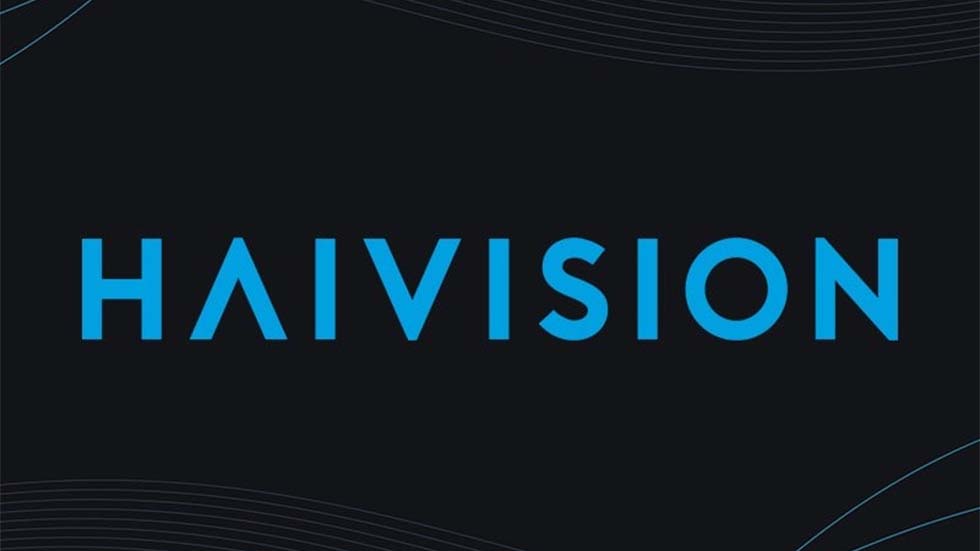Why 'Coopetition' is Driving the Future of Media Workflows
“Coopetition” is no longer just a buzzword

The media industry is consolidating fast. Station groups, content owners, and streaming platforms are chasing scale and efficiency in a fragmented ecosystem. But success today isn’t just about great content or advanced technology, it’s about how effectively systems, vendors, and teams work together to deliver that content everywhere audiences are.
The End of the “One-Stack-Fits-All” Era
For decades, broadcasters relied on tightly integrated, single-vendor systems that promised simplicity but often led to rigidity. Today, content is created, managed, and distributed across an ever-expanding array of platforms such as linear, OTT, FAST, and social, all requiring agility and integration.
The rise of modular, cloud-based architectures has redefined success in media technology. Interoperability is no longer a backend concern, it’s the new competitive currency, as customers demand open APIs, shared data models, and systems that integrate effortlessly across the ecosystem.
As media operations evolve toward hybrid and cloud-based environments, the ability to connect diverse technologies has become critical. Yet, the pace of innovation, combined with ongoing M&A and the blending of linear and digital workflows, has left many companies managing a patchwork of legacy systems, proprietary tools, and cloud services.
Competitors Becoming Collaborators
“Coopetition” is no longer just a buzzword. It has become a crucial component of a business strategy for achieving long-term success. By working together, vendors can deliver more complete solutions that solve real-world workflow challenges.
For example, despite Netflix and Amazon Prime Video being competitors, the former leverages AWS to power its global streaming infrastructure, enabling rapid scaling and high availability to deliver seamless streaming experiences to its subscribers worldwide.
By embracing coopetition, media companies gain a foundation to innovate faster and operate more efficiently.
Vendors are actively building partner networks to address customer needs more holistically. The industry’s most forward-thinking players now see partnership not as a threat, but as a driver of innovation.
The professional video industry's #1 source for news, trends and product and tech information. Sign up below.
The Business Value of Interoperability
This mindset of coopetition extends beyond partnerships; it’s driving interoperability itself. Competing vendors are realizing that open interfaces and shared standards grow the market for everyone, creating mutual benefit even as they vie for business.
By embracing coopetition, media companies gain a foundation to innovate faster and operate more efficiently. Interoperability bridges legacy and modern systems, while open collaboration among competitors accelerates time to market and reduces duplication of effort. When vendors view one another as ecosystem partners rather than rivals, customers benefit from faster integration, better compatibility, and more freedom of choice.
Interoperability gives broadcasters the freedom to choose the tools that best fit their needs, avoiding vendor lock-in, while connected systems unlock new monetization opportunities through richer audience insights and smarter ad placement. These benefits reflect what many broadcasters and technology leaders are currently observing.
In addition, standards like SMPTE’s Interoperable Master Format (IMF) and the adoption of open APIs further strengthen the ecosystem, ensuring that hybrid and cloud-based workflows remain flexible, scalable, and future-proof.
For instance, major studios such as Warner Bros. have adopted IMF to streamline the delivery of multiple content versions across various platforms. These implementations demonstrate how adherence to such standards is enabling media organizations to build more connected, adaptable, and collaborative workflows.
From Closed Systems to Connected Experiences
The industry’s evolution from closed, monolithic systems toward open, interoperable frameworks has become a philosophy. The next generation of media companies will thrive not by protecting silos, but by embracing a culture of coopetition, one where openness fuels shared innovation and mutual growth.
By prioritizing interoperability and coopetition, broadcasters and vendors alike can accelerate innovation, unlock new revenue opportunities, and deliver richer experiences to audiences. The path from closed to connected is not just a technological shift; it’s a strategic imperative that will define the next generation of media success.
Whether enabling shared data architectures that improve personalization, establishing interoperability standards that simplify distribution, or implementing hybrid workflows that span cloud and on-premises environments, coopetition and collaboration accelerate the industry’s ability to innovate at scale.
The future of media workflows will belong to those who embrace openness and coopetition. By prioritizing interoperability, broadcasters and vendors alike can accelerate innovation, unlock new revenue opportunities, and ultimately deliver richer experiences to audiences. The path from closed to connected is not just a technological shift, but it’s a strategic imperative that will define the next generation of media success.

Sam Peterson is COO for Bitcentral.
